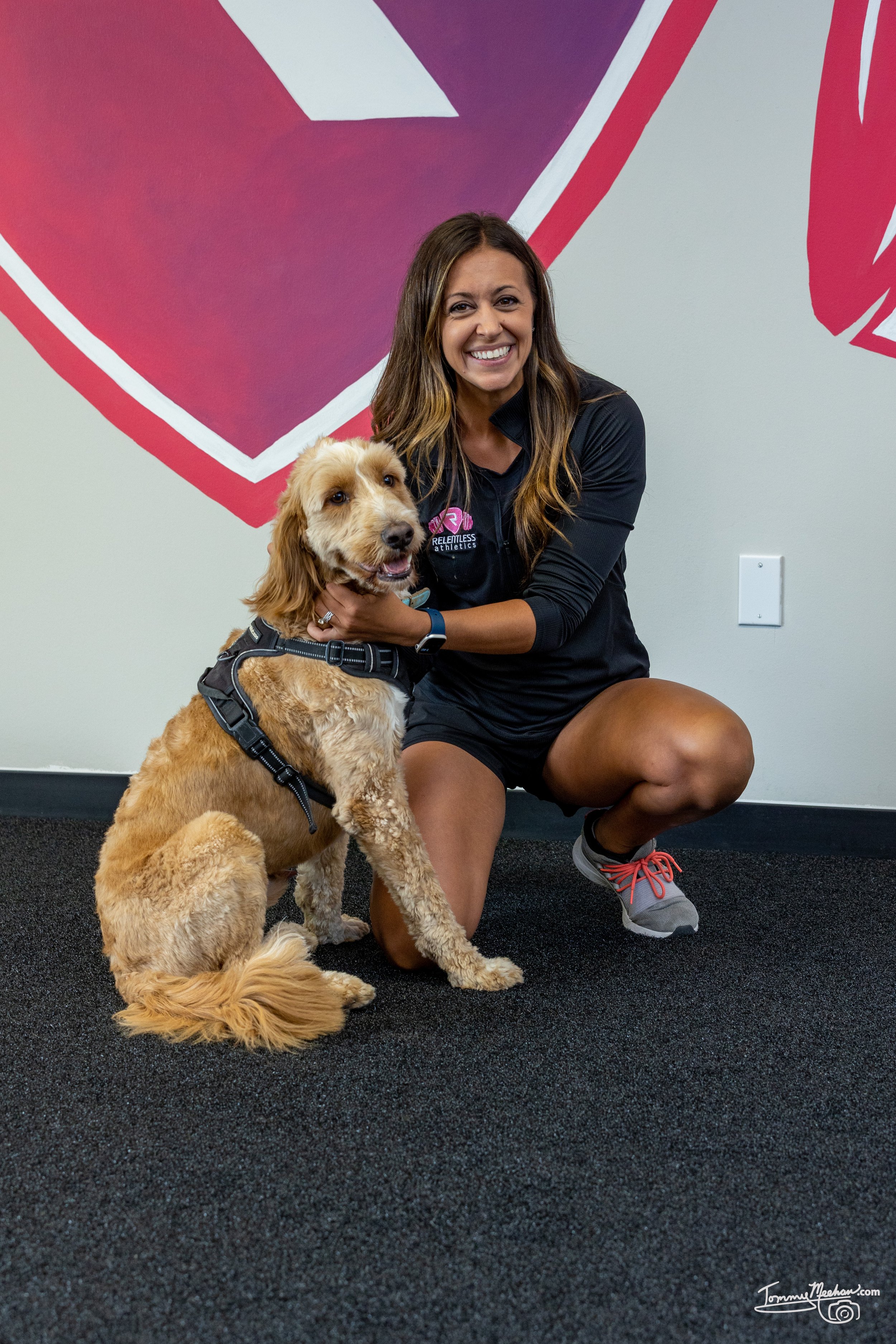Why Female Athletes Must Strength Train During the Season
By Emily Neff (Pappas), Ph.D. (c)
When the season begins, many female athletes shift their focus entirely to practices and games, often sidelining strength training.
But stepping away from the weight room can have serious consequences on performance, speed, and injury prevention.
Muscle Loss Happens Faster Than You Think
Recent research highlights just how quickly muscles lose strength and size without consistent training.
A study by Kadi et al. (2004) revealed that 50% of strength and hypertrophy gains achieved in 3 months were lost in just 10 days of detraining.
Even more concerning, all the gains were erased within 30 days.
For athletes, this rapid loss of strength can lead to slower sprint times, weaker throws, reduced endurance, and greater vulnerability to injuries like ACL tears or stress fractures.
The Science Behind Strength Loss
During strength training, muscles grow not by increasing the number of muscle cells but by expanding the myonuclear domain.
This means muscle fibers don't necessarily need new satellite cells to grow—they adapt by making existing fibers stronger and larger.
However, when training stops, muscle size diminishes much faster than it took to build it, even though the number of myonuclei remains constant.
Without regular strength training, your muscles quickly lose the power needed for explosive movements like running, jumping, and cutting.
Strength Training Prevents Injuries
Without strength training, the Type II muscle fibers that we have curated in the strength room will revert back to their Type I quality.
This leads to a reduced ability to both produce and absorb high forces, which are critical for explosive athletic movements.
As a result, the risk of injuries, such as non-contact ACL tears, significantly increases since the body loses its capacity to absorb force.
Strengthened Type II fibers enhance performance and serve as a protective mechanism for joints and connective tissues under high-stress conditions.
Benefits of In-Season Strength Training
Maintain Strength and Power: Consistent strength training preserves the muscle power built in the offseason, ensuring athletes stay competitive on the field.
Enhance Speed and Agility: Stronger muscles contribute to faster sprint times and more explosive lateral movements.
Injury Prevention: Strengthened muscles stabilize joints and absorb impact forces, reducing the likelihood of injury.
Sustained Endurance: Muscle endurance improves with strength, allowing athletes to perform at high levels throughout games.
How to Incorporate In-Season Training
Short, Efficient Workouts: One to Two 30–45 minute sessions per week focusing on compound movements (squats, deadlifts, pulls, bench press) are sufficient to maintain strength.
Prioritize Recovery: Schedule workouts around practices and games, ensuring athletes have time to recover.
Monitor Load: Avoid overtraining by reducing training volume (lower reps) but maintaining intensity (>80%).
Emphasize Form and Technique: In-season training is about maintenance, not maxing out—focus on safe, effective, and explosive movement patterns
.
Takeaway for Female Athletes
Skipping strength training during the season doesn’t just halt progress—it can reverse months of hard work.
Maintaining a consistent strength program ensures athletes stay strong, fast, and resilient throughout the competitive season.
Prioritize strength training, and you’ll sustain your performance and safeguard your body against injury.
References
Kadi, F., Schjerling, P., Andersen, L. L., Charifi, N., Madsen, J. L., Christensen, L. R., & Andersen, J. L. (2004). The effects of heavy resistance training and detraining on satellite cells in human skeletal muscles. The Journal of Physiology, 558(3), 1005–1012.
ABOUT THE AUTHOR
Emily is the Owner and Program Director at Relentless.
In 2015, Emily opened Relentless Athletics to build a community for female athletes while educating their parents and coaches on the necessity of strength training and sports nutrition to optimize sports performance and reduce injury risks in the female athlete population.
Emily is a Ph.D. candidate with a research focus on female athletes & the relationship between strength training, ACL injury rates, and menstrual cycle irregularities (RED-s). She holds an M.S. in Exercise Physiology from Temple University and a B.S. in Biological Sciences from Drexel University.
Through this education, Emily values her ability to coach athletes and develop strength coaches, using a perspective grounded in biochemistry and human physiology.
When she isn’t on the coaching floor or working in her office, she is at home with her husband Jarrod and their daughter Maya Rose, and, of course, their dog Milo (who has become the mascot of Relentless)!!













